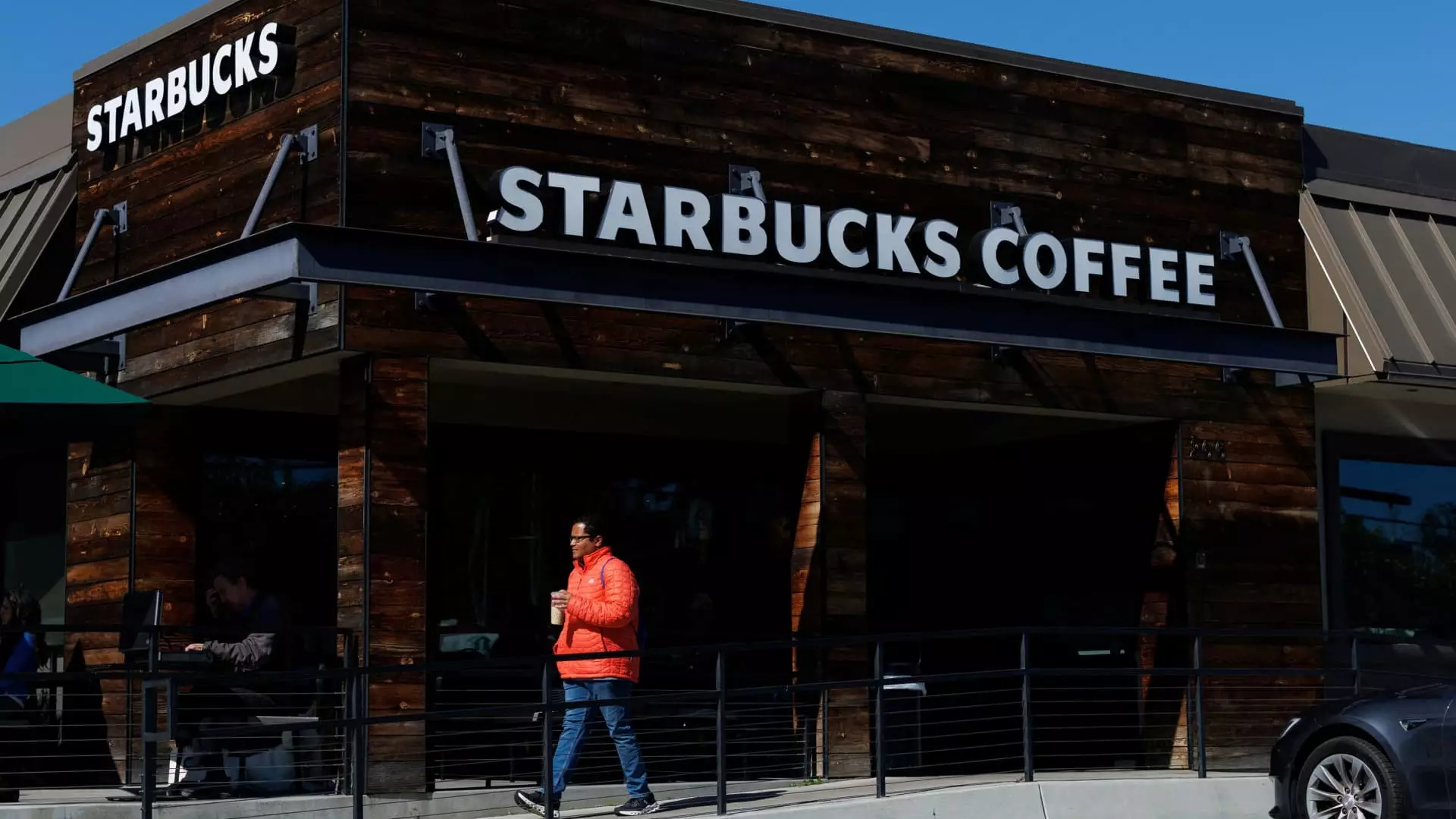In the fluctuating landscape of the restaurant industry, a cloud of uncertainty looms, reflecting fears of an imminent recession. Monday morning saw a notable sink in restaurant stocks, fueled not primarily by the direct impact of tariffs imposed by President Donald Trump, but by the larger, impending sorrows surrounding consumer spending. Investors are rattled; a sentiment echoing through the markets as analysts scrawl predictions of tough times ahead. The gravity of these economic warning signs raises both eyebrows and alarm bells, revealing just how intertwined the financial fortunes of restaurants are with broader economic turbulence.
Tariffs: A Double-Edged Sword
While not directly taxing many restaurant companies, the recent tariffs usher in an inflationary spell that complicates the financial landscape for consumers. It is not just the incremental costs that weigh on the sector, but the psychological burden that higher prices impose. UBS analyst Dennis Geiger encapsulated this concern, emphasizing that the looming recession adds an insidious layer to the operational challenges faced by restaurants. When wallets tighten and economic outlooks dim, the first place consumers often cut back is their dining out habits. This paradigm shift threatens to flip the standard “dine out” culture into one of scarcity.
The Starbucks Dilemma
Starbucks has certainly not escaped this malaise. With shares plummeting over 3% following a downgrade, concerns pile up like cinnamon atop a latte. The coffee chain, already on shaky grounds attempting to rejuvenate its U.S. business, has seen its stock slide nearly 20% since the tariffs were unveiled. The rationale for this downturn is multi-faceted, ranging from escalating coffee prices due to tariffs on key exporters, to broader anti-American sentiments that could alienate potential customers in critical markets. China—Starbucks’ second-largest market—glimmers with potential, but the growing geopolitical tensions could deter consumers, reminding us all that politics can permeate even the simplest pleasures in life, like a hot cup of coffee.
Casual Dining in Decline
As if the situation couldn’t get bleaker, casual dining chains are feeling the pinch as well. Names like Dine Brands, which encompasses Applebee’s and IHOP, saw their stocks dive almost 3% alongside the industry-wide downturn. Rivals such as Darden Restaurants and Texas Roadhouse also felt the pressure, illustrating a strikingly unified response from the sector to the economic fears hovering over them. The trend toward healthier, quick-service dining is palpable, yet the fast-casual favorite isn’t even safe from the current economic tempest. Chipotle, SweetGreen, and Wingstop all experienced declines, signaling that even the latest fads in dining are caught in this storm.
A Fast-Food Anomaly?
Traditionally, fast-food chains fare better during economic downturns as budget-conscious consumers gravitate toward lower-priced options. However, the last year’s experience belies this logic. Fast-food giants like McDonald’s and Yum Brands witnessed a downturn, too, with a notable decline in foot traffic from low-income consumers who simply can’t afford the luxury of dining out. It’s a paradox of sorts: while one might expect cheaper eateries to thrive, they too are caught in the declining consumer appetite. The notion that diners retain their habits at higher price points remains an illusion when so many are forced to reconsider what they can afford.
Glimmers of Hope Amidst the Turmoil
In this dismal environment, a few select restaurant stocks have somehow managed to rise against the current. Firms like Dutch Bros. and Cava have seen slight gains, bringing a glimmer of hope to investors. However, these outliers should not distract us from the broader narrative shaping the industry—a tale rife with instability and unpredictability. The reality is evident: a dark cloud shadows the U.S. restaurant scene, one that, unless addressed, could inflict long-term ramifications on a sector so many rely on for culinary delight and economic stability.
The restaurant industry, a barometer for consumer confidence and economic health, is at a crossroads. The looming threats, exacerbated by governmental decisions and geopolitical unrest, frame a larger conversation—one that demands both attention and action from stakeholders across the economic spectrum.

Leave a Reply